OUR PUBLICATIONS
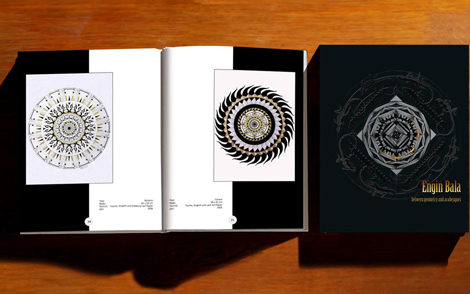
ENGIN BALA
BETWEEN GEOMETRY AND ARABESQUES
BETWEEN GEOMETRY AND ARABESQUES
When asked about the sources of their aesthetic inspiration, visual artists often offer only evasive answers which sometimes come into stuttering or into raptures. Engin Bala is also one of those artists who are silent or monosyllabic when they are confronted with the question of how they came to their art; “The art has come to me,” says the painter with the idiosyncratic geometric and ornamental gestures, “In the end I should only put on paper what has long been stuck in me and finally wants to get out of me.
read more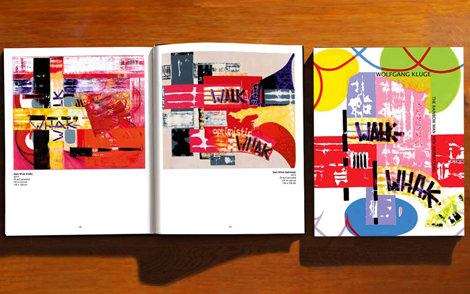
WOLFGANG KLUGE
THE RAINBOW MAN, NEW INSPIRATIONS
THE RAINBOW MAN, NEW INSPIRATIONS
The artist Wolfgang Kluge is on constant lookout for perfect, harmonious aesthetics. To achieve this, he has been experimenting and creating new works that satisfy his desire for an exciting composition. With patience and artistic ability, he sets colors and shapes related to each other and, simultaneously, examines their effect on each other. In this, he does not want to make an image of reality. Rather, he wants to create a new reality with his new series.
read more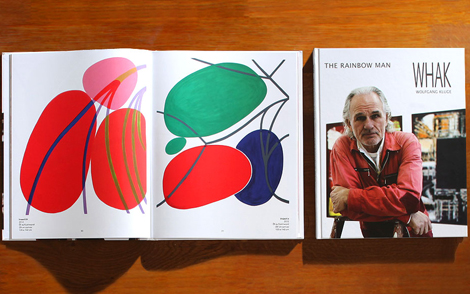
WOLFGANG KLUGE
THE RAINBOW MAN
THE RAINBOW MAN
Wolfgang Kluge is a painter of format. Large, often church-window formats lend a festive and almost quite sacred imprint to his hall-like studio rooms on the southern outskirts of Hamburg. Kluge’s paintings are colorful eye-catchers. They are like windows, shedding light and leading to vision. The viewer looks not just at clever works, but looks into the panorama of an alien world.
read more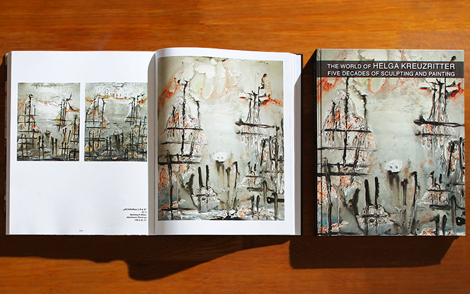
HELGA KREUZRITTER
FIVE DECADES OF SCULPTING AND PAINTING
FIVE DECADES OF SCULPTING AND PAINTING
“It’s my whole world – it’s all I know” was Helga Kreuzritter’s response when asked what motivates her to create works of art. This book describes how this world was formed and shaped over a period of more than half a century. It all began with sculpting – a sign that Helga Kreuzritter felt the need, later witnessed in her painting, to encompass more than the two well-established dimensions. It’s a vision she remained true to: many of the works she has produced since are “structure” or “relief” or “material” works. Yet, whether Helga Kreuzritter expresses herself in painting, sculpture or in objects, all these forms of cultural expression are united by a quite personal and recognizable “language” not influenced by the latest “isms” or commercial motivation.
read more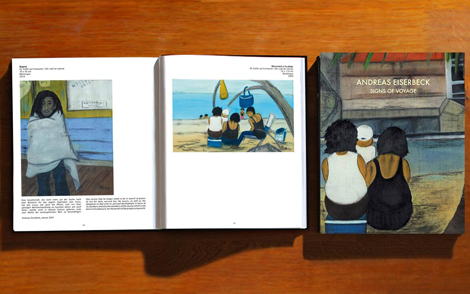
ANDREAS EISERBECK
SIGNS OF VOYAGE
SIGNS OF VOYAGE
Eiserbeck’s works are also stylistically his and cannot be easily put into established art schools. Most likely, if they are called “abstract-figurative” it might work. Mostly, Eiserbeck shows figuratively perceivable figures in a stylistically abstract way. Often the figurative elements in the foreground run into abstract backgrounds. It is both thematically and stylistically true: Painting is freedom.
read more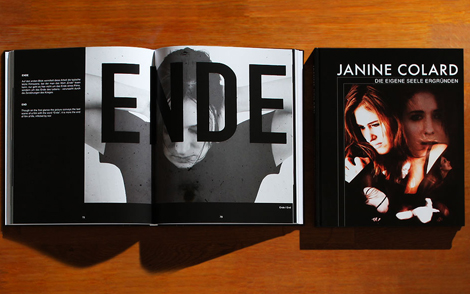
JANINE COLARD
DIE EIGENE SEELE ERGRÜNDEN (FATHOM YOUR OWN SOUL)
Photorealism, in its own part, influenced painting, especially the American Pop Art. Edward Hopper, Andy Warhol and in Germany above all Gerhard Richter, especially with his blurring of the images, are artists who deliberately used visual and photographic representations in order to integrate them into their often large scale paintings. At the same time, photography is returning back to its artistic beginnings. Using the latest technology, it becomes again an original artistic means of expression that transforms the realism inherent in the genre to almost its opposite.
read more
DIE EIGENE SEELE ERGRÜNDEN (FATHOM YOUR OWN SOUL)
